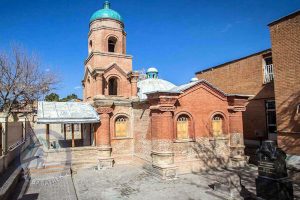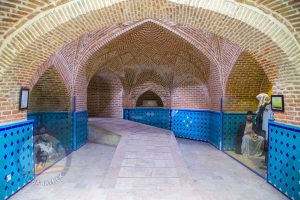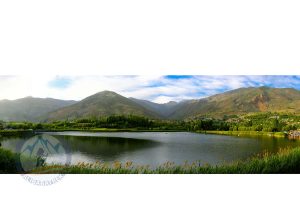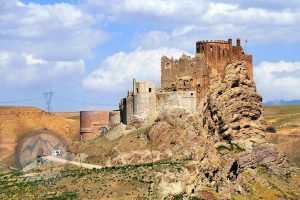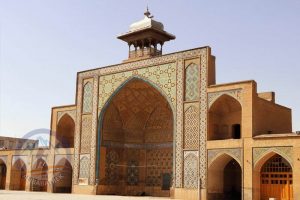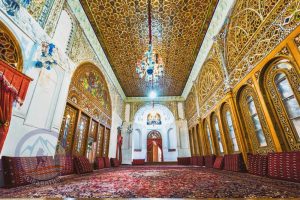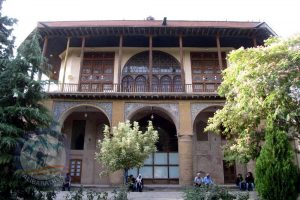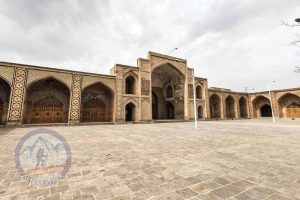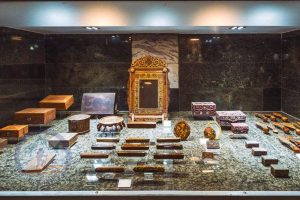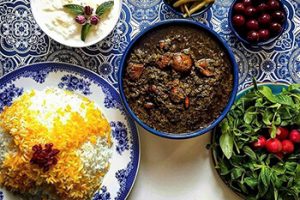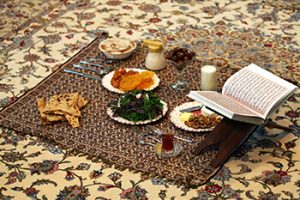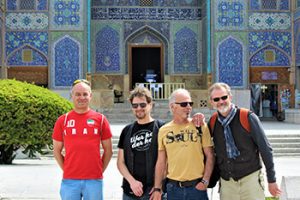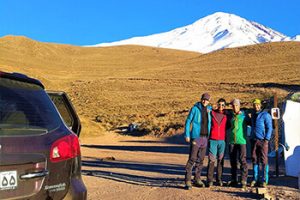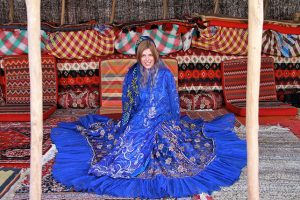Qazvin
capital of Iran during the early periods of Safavid Empire; historical neighborhoods and marvelously remodeled caravanserais will astonish.
Once the capital of Iran, Qazvin, an enjoyable town rather close to the capital, with a few eccentric museums here and there, a marvelously reconstructed historical neighborhood full of caravanserais which has turned into arts, and an ample range of food choices. Throughout the country, Qazvin is famous for its superb rugs and carpets as well as high-quality grapes; however for foreign visitors Qazvin is usually thought as a gateway for a trip to the staggering Alamut Valley to explore the Alamut Castle, where the infamous Assassins lived. Sabz-e Meydan is usually considered as the city center of Qazvin and the traditional bazaar makes for a great place for aimless wandering.
Chehel Sotoun
Erected in 1510 as the royal palace of Tahmasp I of the Safavid dynasty, when Qazvin served as the capital of all Iran, this quaint cubical building is located in a Persian garden and Qazvin’s central park, and its architectural design was imitated during the Qajar epoch. It becomes doubly attractive at nights when it is floodlit as well as during the day when sun shines on the kaleidoscopic window panes. This building should not be confused with the more famous Chehel Sotun in in Isfahan, which is a UNESCO World Heritage Site.
Jameh Mosque
About 1000 years old originally but repaired and reconstructed during the 17th century, Jameh mosque is the main mosque in Qazvin which comprises of enormous Iwans as well a quaint marble mehrab which is a hollow arch placed into the wall of the mosque. It’s quite a nice stop.

Caravanserai of Sa’d-al Saltaneh
One of Iran’s best-kept urban caravanserais, this marvelously remodeled Qajari building is located inside the bazaar in Qazvin and is named after its architect and builder. Sa’d-al Saltaneh caravanserai has four beautifully worked iwans, all facing a main courtyard with an elegant water system. The travelers’ rooms are placed one meter above the ground level and now, some of them are occupied by local artists who showcase their gorgeous art crafts such jewelry, ceramics, painting and even carpets. There are a handful of amenities here in this attractive caravanserai such as restaurants, cafés, art galleries as well as small courtyards to just hang out and relax.
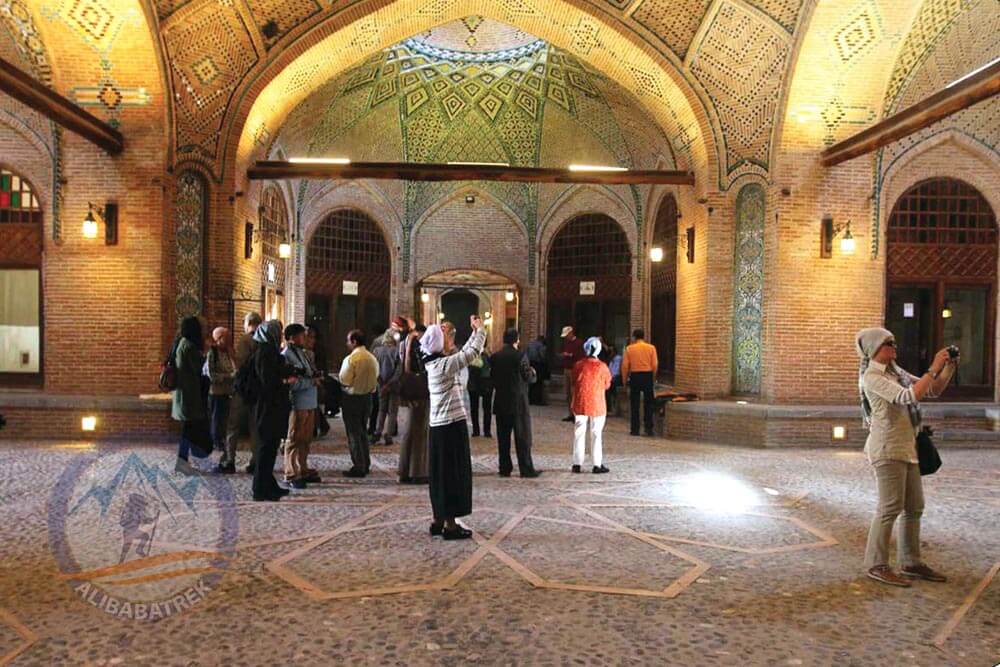
Al-Nabi Mosque
Also called Sultan Mosque and Shah Mosque, Al Nabi mosque built during the Qajar dynasty which connected to the Qazvin bazaar and separates it from the famous Sa’d-al Saltaneh caravanserai. Its dome, which is designed in the mogul style architecture, is as impressive as it gets, especially when the sun is beginning to set in the evenings.
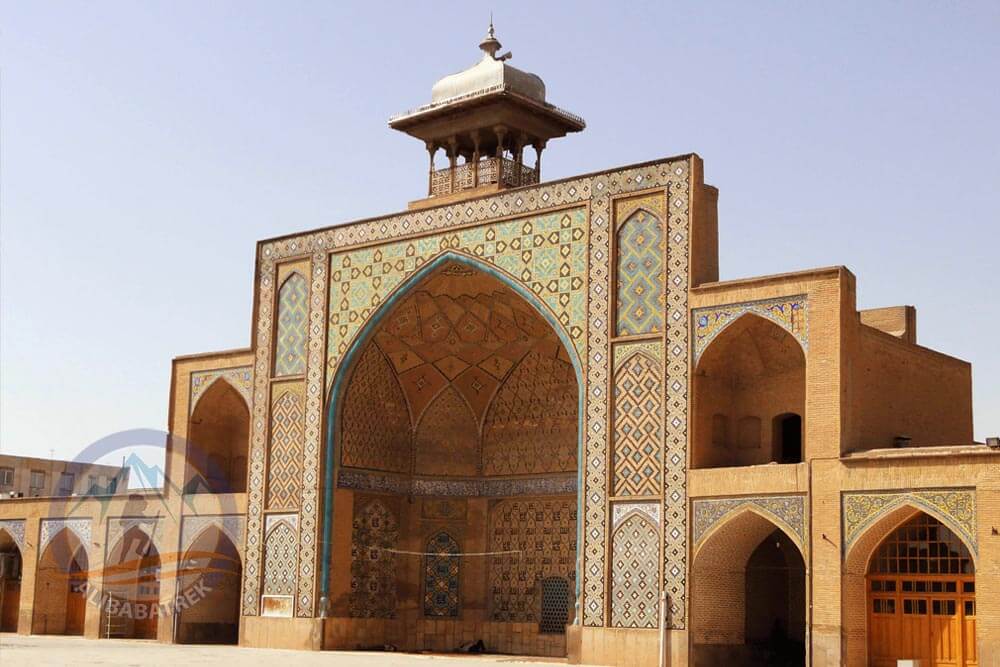
Aminiha Hosseiniyeh
Hidden behind a modest wall in Molavi in Qazvin, you can find a house as well as a hosseiniyeh which show little signs of ageing. It was built during the late 18th century by a local philanthropist merchant. The interiors of Aminiha is decorated with delicate mirror work, elegant chandeliers and kaleidoscopic window-panes. Its courtyard is made more pleasant with its garden and is a perfect place to hangout.

Anthropology Museum
Located in a wonderfully remodeled ancient bathhouse (hammam), this concealed museum can make up for a short but worthwhile visit. Skillfully created wax figures showcase the costumes, traditions, culture and the lifestyle of Qazvin and other nearby cities.
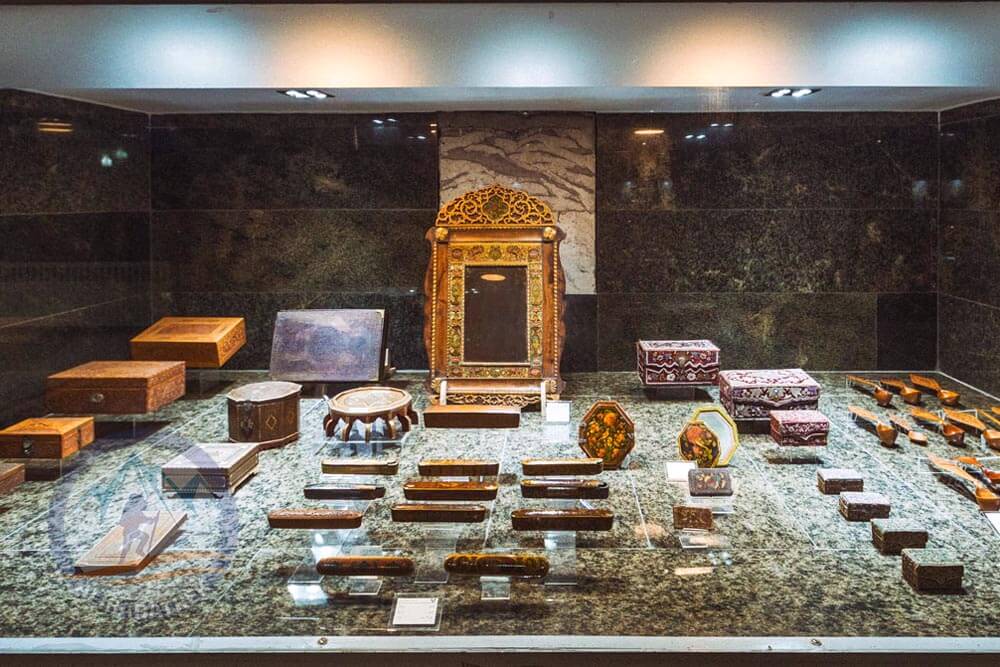
Alamut Castle
Once glorious and legendary, the Alamut fortress was built high upon the Alamut Mountain in a region by the same name. South of the Caspian Sea and near Rudbar, ruins of Alamut castle is comfortably close to the capital, Tehran.
Though it was built in 602 by a local dynasty, the castle saw its height under the guidance of Hassan Sabbah, in 1256. It, then, became of the center for a religious sect from the Shia theology called Nizari Ismailis. Its original named literally meant “nest of punishment” since it, before construction, the peak looked like an eagle’s nest from below.
Considered unassailable for many centuries, this legendary castle is mythologized for being a utopian place where scientists, theologians and philosophers roamed the extensive libraries, well-equipped labs, celestial gardens and enjoyed the freedom of thought and speech.
Tragically, the castle capitulated to the Mongols during their invasion of Persia and typically destroyed the fabled library and its documents. Because of this, there are few sources available on the thought and lives of the Ismailis today and what we do have is written by their disparagers. After the invasion, the fortress diminished to of only provincial importance rather than one of state significance.
Nowadays, the remaining ruins of the castle is under the protection of Iranian government because of its historical and touristic value.
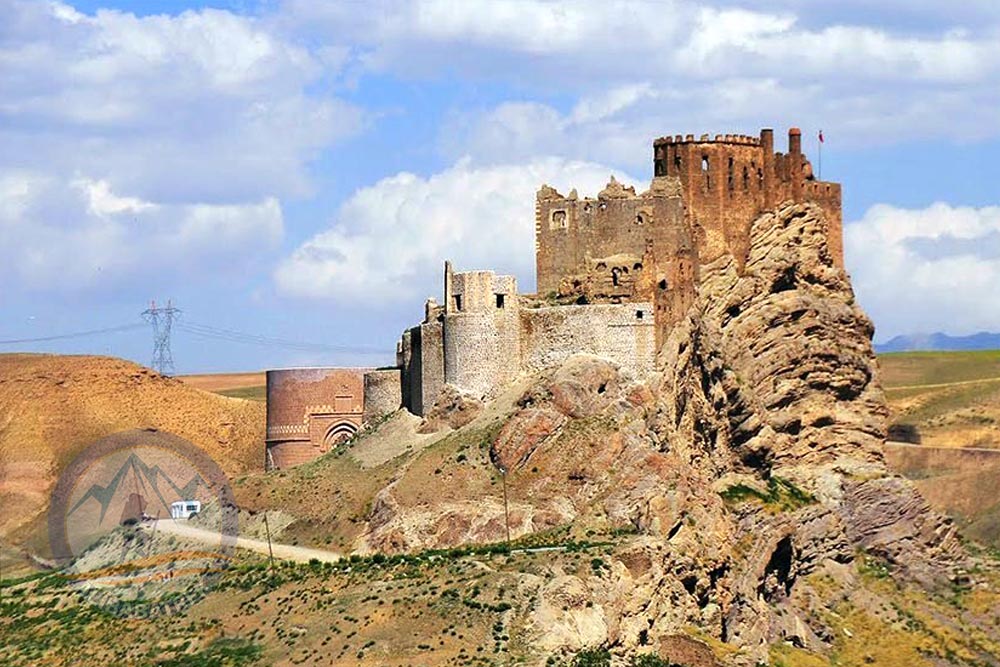
Gallery
General Info
- Population: 402,748
- Area: 64.132 km2 (24.762 sq mi)
- Elevation: 1,278 m (4,193 ft)
- Climate: Steppe
- Avg. Annual Temperature : 14.2 °C
- Culture
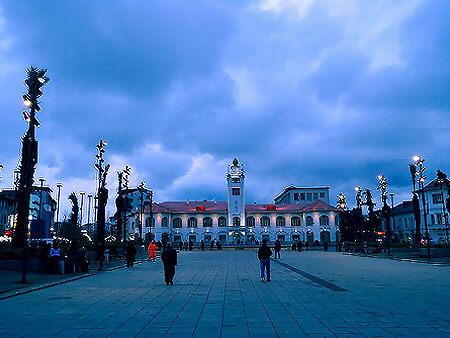

Exploring Iran thoroughly and completely
The best Iran tour for those who have enough time and want to explore Iran completely. During this Iran travel tour, you can visit Tabriz, Ardabil, Rasht, Qazvin, Hamedan, Kashan, Yazd, Shiraz and… By joining our most comprehensive Iran tour package you can visit all of the important cities of Iran.
- 21 Days
- 4 Seasons
- Phys. Rating: 1 out of 5


